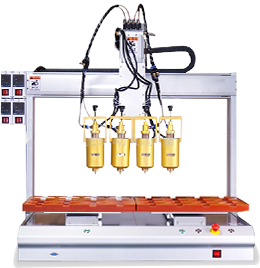

As a sustainable renewable energy source, the prospects of solar energy are very attractive. Wherever sunlight shines, this energy can be utilized. In our ordinary lives, we are most exposed to solar water heaters, solar street lights, emergency road signs, buoys, and so on.
Some friends may have the question, why does a solar panel generate electricity in sunny conditions? Next, we will provide a detailed explanation of this issue.
Solar panels generally use devices that are responsive to light and can convert light energy into electricity. The common material is silicon, which is one of the most abundant materials stored on Earth and has semiconductor properties, laying the foundation for the photovoltaic conversion process of solar panels.
However, the first thing to understand is that the conductivity of pure silicon is very poor. There are no electrons that can move freely within the crystal structure. To enhance its conductivity, a small amount of impurities are usually added to the pure silicon material to enhance its conductivity. Based on this characteristic, different conductive devices can be made.
For silicon used in the production of solar panels, phosphorus or boron is usually added inside. When boron is added, the silicon crystal will form a hole because the original silicon atom is surrounded by four electrons, while the boron atom is surrounded by only three electrons. After being doped into the original crystal structure, holes will also be generated. This hole without electrons is very unstable and easy to absorb other electrons, forming a P-type semiconductor.
After doping phosphorus impurities into silicon crystals, due to the presence of 5 electrons around the phosphorus atom, the extra electron becomes very active, forming an N-type semiconductor. P-type semiconductors have more holes, and N-type semiconductors have more active free electrons. When the two come into contact, these free electrons will find the holes and fill them up. The contact surface between the two will form a potential difference, which is a PN junction, where the P-type side carries positive and negative charges The N-type side is positively charged.